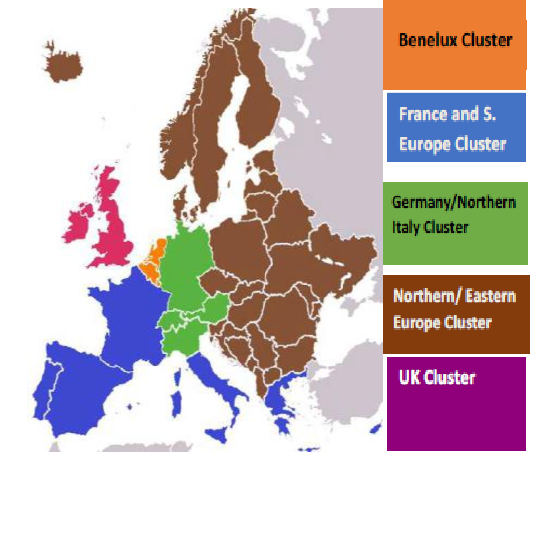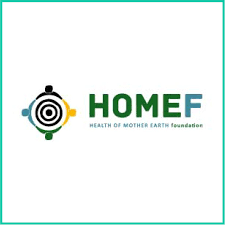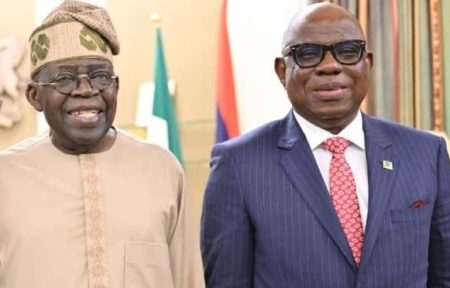
London — Three years into the Russia-Ukraine conflict, Europe has significantly diminished its reliance on Russia. Even though the EU has been importing liquified natural gas (LNG) primarily from the US, Norway, and Qatar since the onset of hostilities, the continent has decreased its overall consumption of fossil fuels, particularly the power sector has progressively become cleaner.
The structural modifications to the permitting process for renewable energy projects and hydrogen initiatives are expected to further accelerate the region’s energy transition, says GlobalData, a leading data and analytics company.
GlobalData’s latest report, “Europe Renewable Energy Policy Handbook 2025,” reveals that in response to structural changes in permitting, EU countries acted in a united and prompt manner. Merely weeks following Russia’s incursion into Ukraine, the leaders of the 27 EU member states resolved to expedite the EU’s transition away from reliance on Russian fossil fuels by diversifying energy supplies and sources, curtailing the use of fossil fuels, and accelerating the transition to cleaner energy sources. Subsequently, the European Commission introduced the REPowerEU plan—a strategic framework aimed at enhancing the EU’s energy independence and promoting the adoption of clean energy.
The EU, with its “Fit for 55” package, is committed to reducing greenhouse gas emissions by at least 55% by 2030, thereby aligning its energy targets with an emphasis on renewable energy. In 2023, the EU, under the revised REPowerEU plan, set a goal for a 42.5% renewable energy share by 2030. Member states are encouraged to contribute through their respective National Energy and Climate Plans (NECPs). The EU is promoting clean energy through auctions and hydrogen energy.
Sudeshna Sarmah, Power Analyst at GlobalData, comments: “The EU is actively pursuing a variety of strategies to broaden the adoption of renewable technologies. The implementation of the Innovation Fund auction and the Renewable Energy Sources Auction platform is anticipated to garner support for renewable hydrogen projects and serve as a catalyst for renewable power auctions, respectively. These initiatives are expected to foster a favorable environment for investment opportunities within the EU.”
In the Innovation Fund’s 24th auction, which concluded in February 2025, member countries of the European Economic Area (EEA) were given the opportunity to enhance projects with additional national funding through the Auctions as a Service (AaaS) mechanism. Spain, Lithuania, and Austria chose to participate in the IF24 AaaS, collectively committing over EUR 700 million (approximately $740.3 million) in national funds to support renewable hydrogen production projects within their territories.
Launched in May 2024, the Renewable Energy Sources (RES) Auctions Platform represents a critical component of the European Commission’s Wind Power Action Plan. This platform consolidates vital information from Member States concerning upcoming renewable energy auctions within the European Union. Its purpose is to provide companies with improved visibility of expected deployment volumes, thus aiding the industry in planning their investments more efficiently.
Sarmah concludes: “The European Hydrogen Strategy sets an ambitious annual consumption target of 20 million tons of hydrogen by the year 2030. Of this total, approximately 10 million tons are expected to be produced within the European Union. To facilitate the domestic manufacture of such significant volumes of green hydrogen, the development of an infrastructure capable of supporting 40 GW of electrolysis capacity will be essential by the decade’s end, indicating a promising trajectory for the growth of green hydrogen in the region.”



